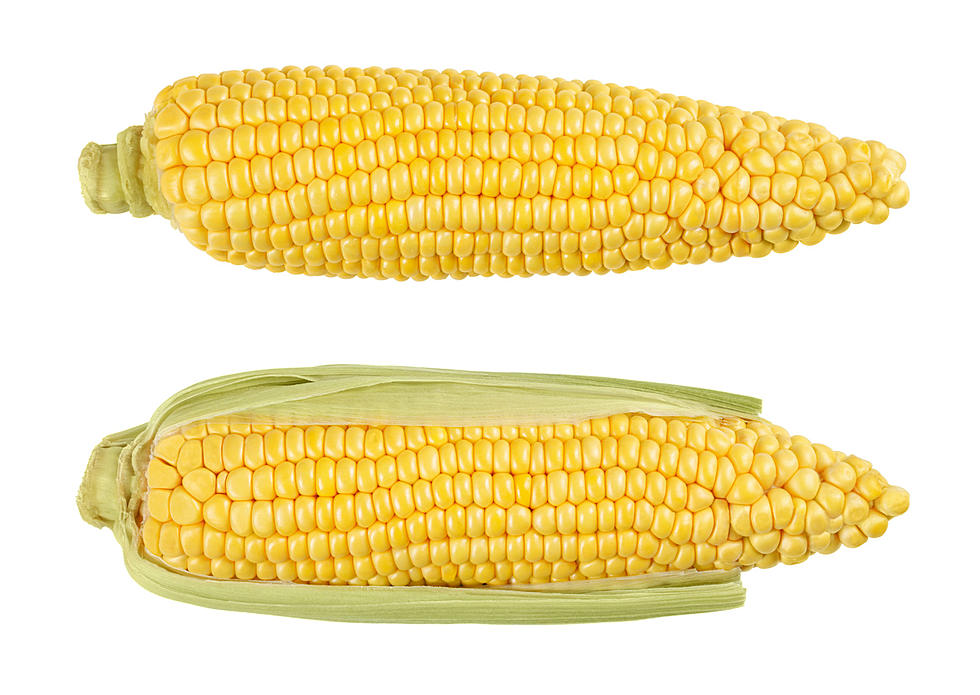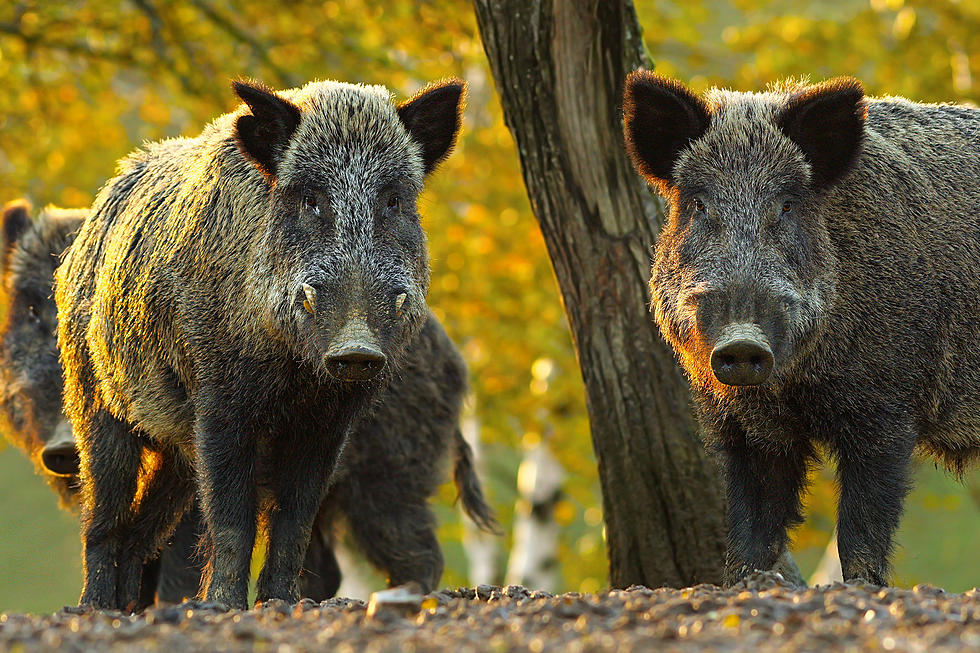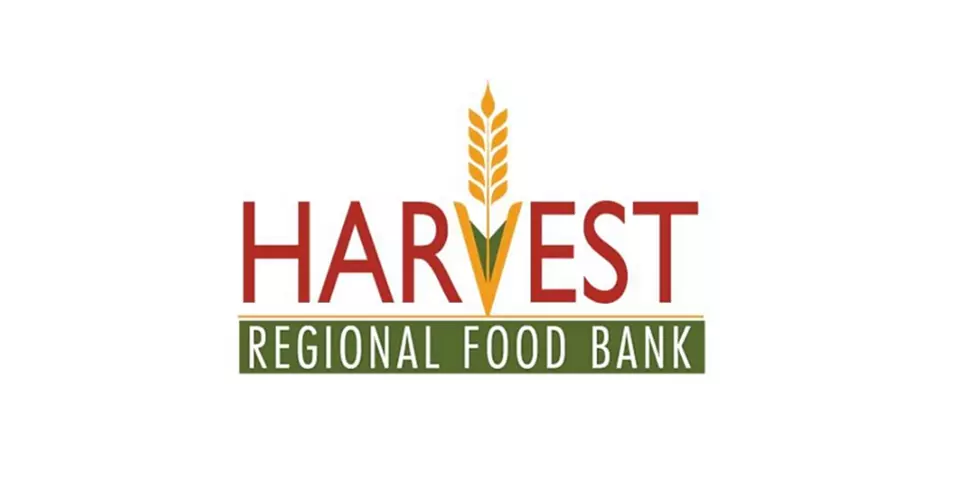
Harvest Texarkana Needs Your Help Picking Corn
Harvest Regional Food Bank in Texarkana is seeking volunteers to help pick fresh corn thanks to a very generous grower in our area.
The farm is located up in Forman, Arkansas and some volunteer coordination will be Monday, Tuesday, and Wednesday, July 5th, July 6th, and July 7th, from 8:30am – 12:30 pm to assist with gleaning and loading corn for distribution to 85+ food pantries across Harvest’s 10-county region. Camille Wrinkle, CEO/Executive Director. says:
“Part of our role as the Feeding America food bank for Southwest Arkansas and Northeast Texas is to provide nutritious foods to those who need it most,” Partnering with local farmers allows us to provide fresh fruits and vegetables directly to the children, families, and seniors we serve.
Volunteers will meet at the Hwy 41 rest stop in Foreman, AR at 8:00 each morning this is the highway 41 highway 32 Intersection. Volunteers should dress for the occasion - light clothing, long socks, and work gloves are recommended but not required.
If you need additional information, please contact the Harvest Regional Food Bank Texarkana office at 870-774-1398.
Harvest Texarkana Regional Food Bank is a local food bank that serves Bowie County in North East Texas. In Arkansas, they serve the counties Miller, Lafayette, Hempstead, Little River, Sevier, Howard, Pike, Nevada, and Columbia Counties.
LOOK: Here Are 30 Foods That Are Poisonous to Dogs
LOOK: The most expensive weather and climate disasters in recent decades
More From Power 95.9









